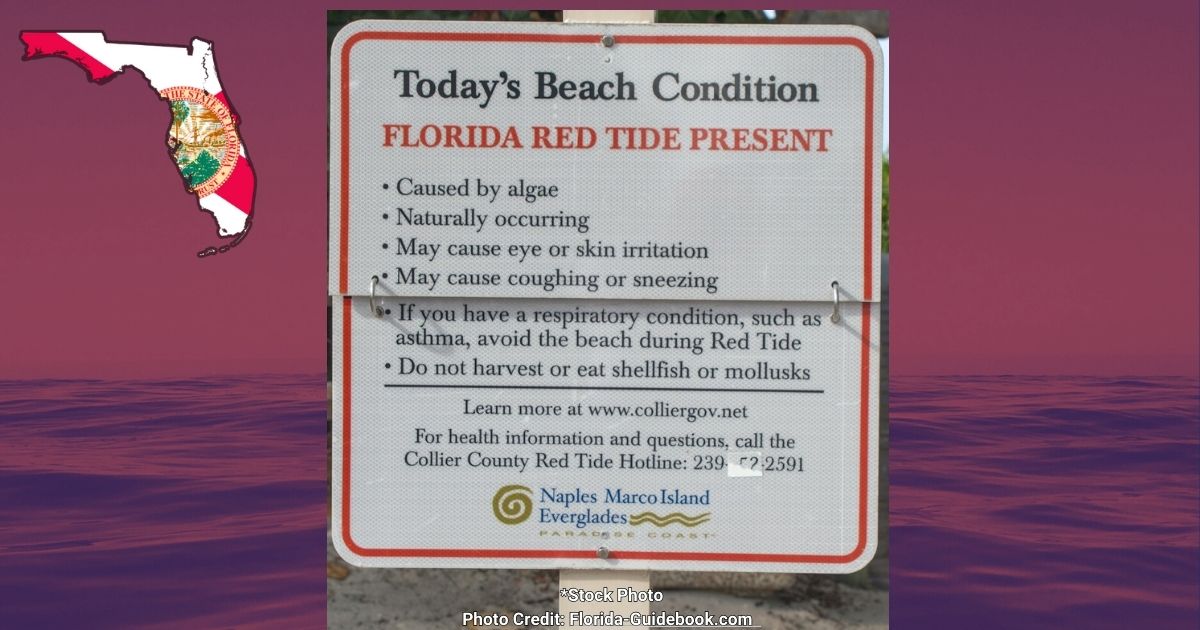A bipartisan initiative is underway to tackle the increasing threat of harmful algal blooms in Florida. This week, Florida Congressmen Vern Buchanan (R) and Darren Soto (D) introduced legislation aimed at making algal blooms, including the red tide phenomenon, eligible for federal disaster relief.
The proposed legislation, titled the Protecting Local Communities from Harmful Algal Blooms Act, seeks to amend the Stafford Disaster Relief and Emergency Assistance Act by including harmful algal blooms in the definition of a “major disaster.” If enacted, the bill would empower the Federal Emergency Management Agency (FEMA) to offer both technical and financial support to states affected by these blooms.
Buchanan, who co-chairs Florida’s 30-member bipartisan congressional delegation, emphasized that this measure aims to protect both the environment and the tourism-driven economy of Southwest Florida.
“Red tide has wreaked havoc on marine life, coastal waters, and the businesses that rely on them,” Buchanan said in an official statement. “We must take immediate action to combat red tide and other harmful algal blooms.”
Soto echoed those concerns, emphasizing the impact of water quality on Florida’s environment and economy. “This legislation will provide critical resources to combat these outbreaks, protect public health, and support our local economies,” he said.
Southwest Florida is particularly vulnerable to red tide, a type of algal bloom caused by toxin-producing algae that can harm marine life and pose health risks to humans. A recent outbreak in the Gulf of Mexico led to health advisories being issued for several popular beaches in the region.
Buchanan has previously supported funding and research efforts aimed at addressing red tide and other algal blooms. His past initiatives include securing $8 million specifically for red tide research and supporting legislation that allocated over $100 million to combat harmful algal blooms nationwide. In 2019, he sponsored a measure directing the National Institutes of Health to allocate $6.25 million for studying the long-term health effects of red tide.
The reintroduction of this bill comes amid growing concerns about the increasing frequency and severity of algal bloom events along Florida’s coastal areas.




















